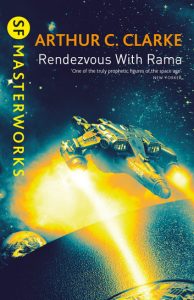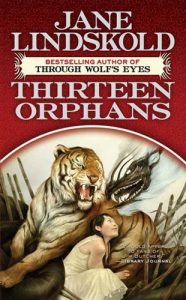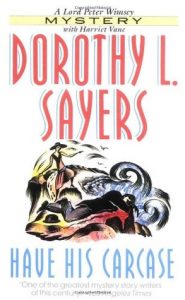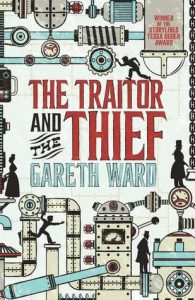
Imagine a world where a human raised by fairies rules three kingdoms: one in Faerie, one in the human realm of northern England, and the third on the far side of Hell. During his three hundred year reign in the human world, the sky, the trees, the rocks—the whole of the natural world—are his willing allies. But when the Raven King is gone, the magic fades, until there are no practical magicians left, only theoretical ones who meet to present scholarly papers full of theories of things outside their understanding, and to lament the loss of English magic.
No history of England in this world would be complete without an account of the two great magicians of the 19th century and the revival of English magic they brought about. Jonathan Strange and Mr Norrell, by Susanna Clarke, is that account, beginning with Gilbert Norrell taking up the challenge to show that he can do magic and bringing the stones of York cathedral to cacophonous life.
Jonathan Strange and Mr Norrell is a crossover tour de force, as much a masterpiece of historical fiction or alternative history as it is an engrossing journey into the fantastic. Fairies and magicians mingle with real historical figures—prime ministers, royalty, generals, and lords of the admiralty—and the story is packed with rich details of everyday life, from the social whirl of the landed gentry down to derelicts asleep under hedgerows. It reads like historical writing[1], too, as if the author was channeling the ghosts of 19th century writers.
The reviews I’ve read have differing opinions on what the book is actually about.[2] The most common view focuses on the complicated relationship between Norrell and Strange, involving friendship and rivalry, struggle for dominance, alienation and reconciliation. That’s certainly a very large part of the story, but to my mind an equally important theme, if perhaps less immediately obvious, is the suppression of marginalised groups: women, non-whites, and the poor. The main plot drivers are the damage the two upper class magicians inflict on the less powerful through their arrogance and self-absorption. This is particularly true of Norrell who, early in the book, makes a devil’s bargain with a fairy, selling something—a woman’s life—that was not his to give. Once invited in, the fairy ensnares one person after another, with only the powerless and voiceless women and servants aware of the danger he presents. By the time Strange comprehends this danger, it is almost too late. The end, with its partial resolution, seems particularly fitting. Mouse over for spoiler.
This is an astounding book, but it has flaws. It starts off slowly, then nearly grinds to a complete halt. I almost gave up on it in the first 100 (out of 800[3]) pages. The first 200 pages relate Norrell’s attempts to make himself useful—and, not incidentally, to build his reputation as England’s finest magician—in the war against Napoleon. Norrell is not pleasant company. Whenever he takes centre stage, the story drags. It picks up when the more appealing character, Jonathan Strange, is introduced, but it doesn’t become compelling until nearly 500 pages in, when tragedy strikes the Strange family. But the tension builds, and by 100 pages from the end, the book becomes unputdownable, and makes up for the tedium that has gone before.
A Cast of Characters would have helped, too. For the first half, I dipped in, reading a chapter or two at a time, and never sat down with it for a long stretch of concentrated reading. Perhaps as a consequence, I tended to forget who the secondary characters were, especially when they disappeared for 100 pages or more at a time. I had to keep flipping back to remind myself who they were.[4]
Despite the flaws, I’m glad I stuck with it. There are beauties there; the blockade of the French fleet is among the best I’ve ever read capturing the wonder and mystery of magic. There is plenty of humour, too, of a subtle variety. Strange’s encounters with the Duke of Wellington are comic gems. Wellington isn’t intimidated by the magician in the slightest, or interested in magic unless it can help him in the war against Napoleon.
This is a book I can foresee rereading with pleasure, to revel in details I missed the significance of the first time around, and to recapture the feeling of wonder it inspired the first time through.
Audience: Anyone who has the patience to read it. No sex or bad language, the barest hint of romance, and minimal violence.
[1] Not to mention the footnotes, which lend weight to the feeling that this is a work of scholarly research. Ignore them if you want, but many of them are worth the short detour.
[2] Besides friendship and oppression of the powerless, themes I’ve seen mentioned include the nature of “Englishness”, reason versus madness, and the sterility of modern life cut off from the natural world.
[3] Yes, yes, I know. 800 pages is middling for a fantasy story, but I keep wondering, why does fantasy have to be so ridiculously long? I’ll save that rant for another day.
[4] If you read it, keep an eye out for Vinculus, the street magician, in particular. He’s more important than he first appears.








